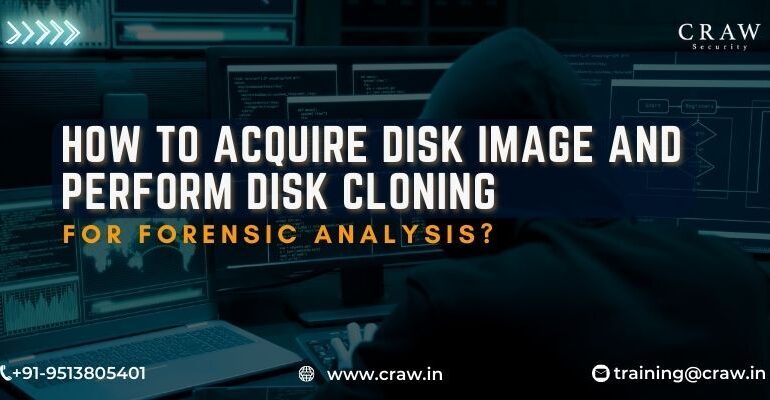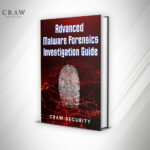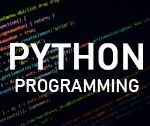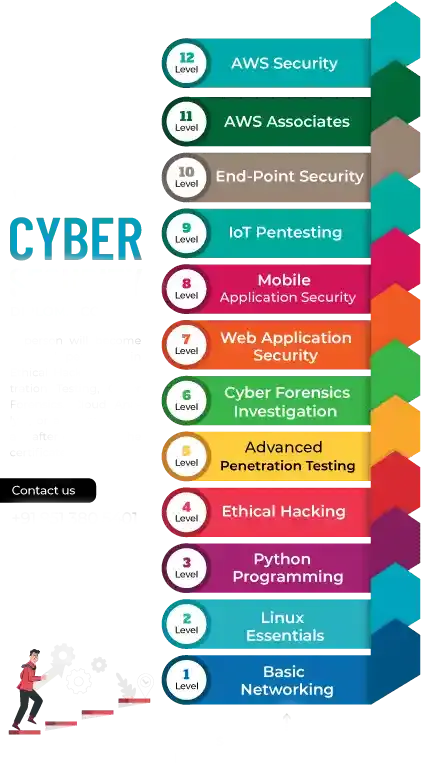How to Acquire Disk Image and Perform Disk Cloning for Forensic Analysis?

How to Acquire Disk Image and Perform Disk Cloning for Forensic Analysis?
Introduction:
Acquiring a disk image and carrying out disk cloning are crucial procedures in the area of digital forensics for the preservation and examination of evidence. Disk cloning is the process of copying a disk’s full contents onto another disk, whereas disk imaging entails generating a bit-by-bit replica of a storage device. These methods guarantee the accuracy of the initial information and enable complete forensic examination without tampering with or corrupting the proof.
In this blog article, we will examine the procedures for obtaining a disk image and carrying out disk cloning for forensic examination.
Recognize the Value of Disk Cloning and Imaging
Due to the fact that they create an exact clone of the actual storage device, disk imaging and cloning are essential tools in digital forensics. Researchers can retain evidence and carry out their examination without changing the original data by making a forensically accurate picture or clone. Maintaining the authenticity and acceptability of evidence in court cases depends on this.
Prepare the Required Equipment
Make sure that you possess the following tools and equipment before you begin the acquisition process:
- A write-blocking device: This safeguards the integrity of the source disk by preventing any writing activities throughout the imaging process.
- Forensic imaging software: Utilize trustworthy disk imaging and cloning software like FTK Imager, EnCase, or ddrescue.
- Destination storage media: Have a spare, sufficiently-sized disk available for storing the captured disk image or clone.
Pick An Acquisition Strategy
Depending on the circumstances and the type of storage device, a variety of techniques can be utilized for creating a disk image or cloning a disk. Several typical techniques include:
- Live acquisition: Employ sophisticated tools and methods to extract data from an active system.
- Offline acquisition: The storage device is taken out of the system and connected to a forensic workplace for imaging or cloning.
- Network-based acquisition: Recording network activity in order to get data from a distant system.
- Virtual machine acquisition: Obtaining a virtual machine’s resources for analysis.
Acquiring a Disk Image
The general procedure for getting a disk image is as follows:
- To assure the safety of the source disk, attach it to a write-blocking mechanism.
- Connect the forensic workstation to the write-blocking device.
- Open the forensic imaging program, then specify the acquisition parameters (such as the image format, compression, and verification).
- Choose the intended storage medium and the original disk.
- Start the imaging procedure and keep an eye on its development.
- Use hash values to check the captured image’s integrity.
- The acquired image should be kept in a safe place.
How to Clone a Disk:
Cloning a disk requires copying all of its data from one disk to another. When an exact copy of the source disk is required for additional research or maintenance, it can be helpful.
- Connect the write-blocking device to the original disk and the target disk.
- Open the forensic imaging program, then choose the cloning tab.
- Select the destination and source disks.
- Start the cloning procedure and keep an eye on it.
- Apply hash values to the cloned disk to verify it.
- Make sure to safeguard the cloned disk and keep it away from prying eyes.
Documentation Support and Chain of Custody:
Keep thorough records of the disk imaging and cloning procedure, such as the date, time, and parties involved. This documentation is essential for proving the proof’s authenticity and acceptability in court trials, as well as for establishing the chain of custody.
Conclusion
Disk cloning and picture acquisition are essential processes in digital forensic investigations. Investigators can retain evidence and undertake in-depth analysis without jeopardizing the integrity of the original data by adhering to the right processes and using the right instruments. For effective forensic analysis and to retain the validity of the evidence, it is crucial to comprehend these procedures and follow best practices while capturing disk images and carrying out disk cloning.
Moreover, a person can also join a proper Cyber Forensics Investigation Course from a recognized digital forensics institute like Craw Security, the best cyber forensics training institute in India. In addition, the Cyber Forensics Investigation Course by Craw Security is duly accredited to FutureSkills Prime, a MeitY – NASSCOM, Digital Skilling Initiative, and approved by the Government of India for its authenticity.















